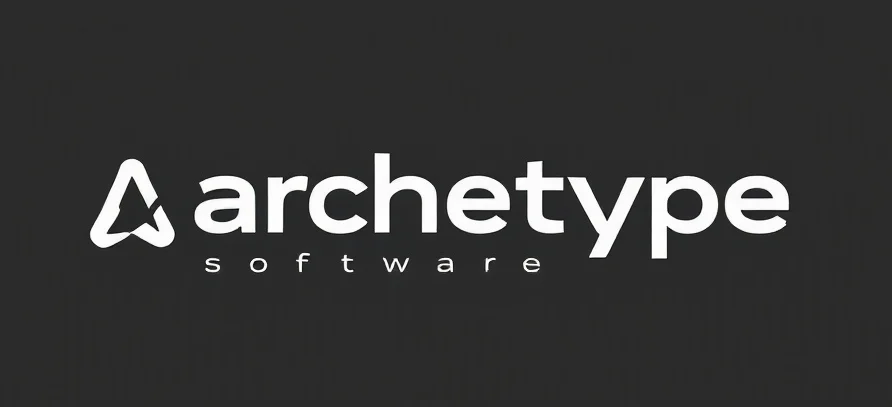Unleashing the Power of SharePoint Workflow Automation
We’ve all fantasized about a world where repetitive tasks vanish with a swish of a wand, leaving us to bask in the glory of strategic thinking and innovation. Enter sharepoint workflow automation, the not-so-mythical tool that promises to transform tedious processes into streamlined marvels. But, lest we get ahead of ourselves, let’s dissect how SharePoint’s automation capabilities can elevate your business operations from mere functionality to something akin to an orchestrated symphony.
Decoding the Magic of Automation
At its core, SharePoint workflow automation is less about spells and more about logic, akin to teaching our AI intern to handle a few more complex tasks. Think of it as assigning responsibilities to an eager assistant who never sleeps and always follows instructions meticulously. This is where the magic lies—not in the promise of a flawless utopia but in the meticulous execution of rules and processes crafted by us, the human architects.
SharePoint’s workflows are designed to manage common business processes like document approval, feedback collection, and signature acquisition. These workflows act as the invisible threads weaving through the fabric of your organization, ensuring that each task is completed efficiently and consistently.
Transformative Potential for Businesses
Now, let’s consider the transformative potential of SharePoint workflow automation. Imagine your typical workday—emails flying back and forth for approvals, feedback loops that seem never-ending, and manual tracking of task progress. These, my friends, are the perfect candidates for automation. By creating workflows that automate these processes, businesses can shift their focus from mundane operations to strategic initiatives that drive growth.
Moreover, automation in SharePoint isn’t just about cutting down on time. It’s about elevating the quality of work. When workflows are automated, the risk of human error diminishes, and consistency becomes the norm. This newfound reliability fosters trust within teams and among stakeholders, building a culture of accountability and efficiency.
Embracing a Human-Centered Approach
As we wade deeper into automation waters, it’s crucial to maintain a human-centered approach. Remember, the ultimate goal is to enhance human capability, not replace it. SharePoint workflows should be designed to complement human intelligence and creativity, allowing team members to tackle more meaningful and complex challenges.
Consider automation as a toolset that extends your team’s capabilities rather than as a replacement. By freeing up time and mental space, you empower employees to harness their skills in areas that demand a human touch—areas where empathy, critical thinking, and innovation shine.
Actionable Recommendations
- Assess Your Processes: Identify repetitive tasks and processes that can benefit from automation. Start with simple workflows and gradually expand as you become comfortable with the technology.
- Involve Your Team: Engage with your team to gather insights into processes ripe for automation. Their firsthand experience will guide you in creating effective workflows.
- Focus on Training: Equip your team with the necessary skills to design and manage workflows. Empower them to become champions of automation within your organization.
- Monitor and Iterate: Regularly review automated processes to ensure they remain aligned with business objectives. Be open to refining workflows as needs evolve.
In conclusion, think of SharePoint workflow automation as a partner in your journey toward operational excellence. It’s not about handing over the reins to AI but about leveraging its strengths to drive human potential forward. Embrace the transformation, and your organization will thank you for it.
Checkout ProductScope AI’s Studio (and get 200 free studio credits)

